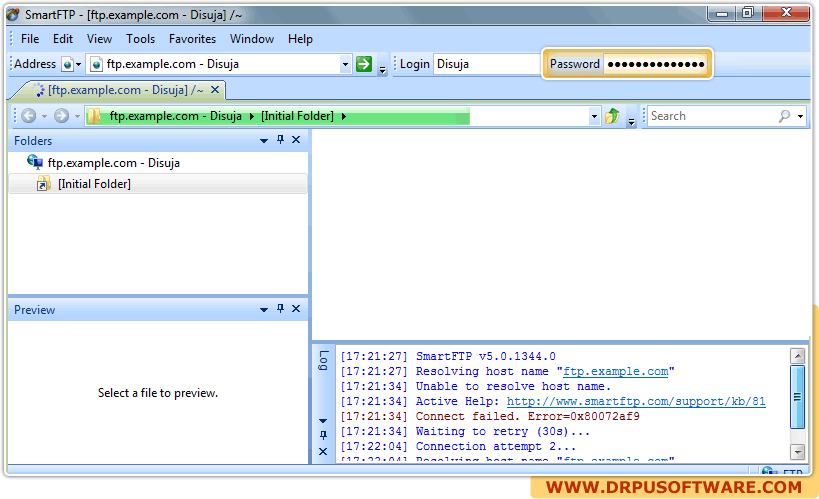

Setting aside discrepancies between different power meters and apps, how can we be accurate in how we discuss and apply FTP in our training? More importantly, is FTP the best metric to assess our fitness and upon which to base our training intensities - or should we look elsewhere? Many of us assume that FTP tells us the pace we’re able to ride for an hour – but often this doesn’t stack up in practice. It’s important to remember that aerobic and anaerobic pathways are always intertwined and working together. The key lesson was that there are multiple thresholds, each meaning different things – so why as cyclists do we rely so heavily on FTP? FTP included both: the watts I was producing aerobically and anaerobically. Using this aerobic energy system, I’m able to produce only 250 watts – the ‘missing’ 40 watts were from my body’s anaerobic contribution, where energy is unlocked from glucose without oxygen.

I subsequently learned more about the aerobic pathway, where energy is released from glucose and fat in the presence of oxygen. A year later came the cold shower: I did a physiological test with a different coach, and my Anaerobic Threshold was measured as 250 watts – how had I lost 40 watts, and where had they gone? My Functional Threshold Power was now 290 watts, he informed me, and I was thrilled. “Good job on improving your FTP!” my then coach Richard Laidlow congratulated me two years ago.


 0 kommentar(er)
0 kommentar(er)
